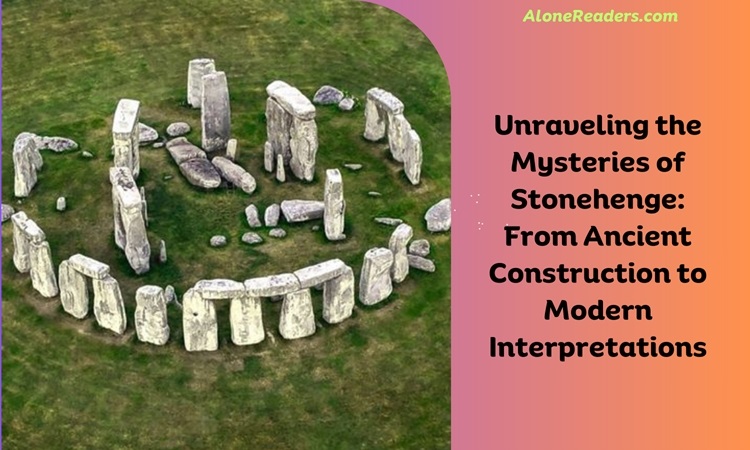
Stonehenge, one of the world's most iconic and enigmatic prehistoric landmarks, captures the imagination and curiosity of historians, archaeologists, and tourists alike. Its massive stone formations, arranged in a complex and precise manner, have stood on the Salisbury Plain in England for approximately 5,000 years. This timeline predates even the advent of the Bronze Age in the region, underscoring the ancient origins and the remarkable engineering skills of its builders.
The construction of Stonehenge was an extraordinary feat, achieved in several phases over hundreds of years. The earliest phase, around 3000 BCE, involved the creation of a circular ditch and bank, with a ring of 56 timber or stone posts. This initial structure laid the groundwork for what would evolve into the Stonehenge we recognize today. Around 2500 BCE, the most significant phase of construction took place. Large sarsen stones, some weighing as much as 25 tons, were transported over 20 miles to the site. The precise methods used to move these massive stones remain a subject of debate among historians and archaeologists, with theories ranging from the use of rollers, sledges, and even boats along rivers.
The arrangement of the stones is equally fascinating. The larger sarsens were erected to form an outer circle, with a continuous run of lintels. Inside this circle stand five trilithons – pairs of vertical sarsens capped with a horizontal lintel – arranged in a horseshoe pattern. The precision with which these stones were shaped and set up, particularly the tongue and groove joints on the lintels, is remarkable, indicating a sophisticated understanding of stone-working techniques.
For centuries, Stonehenge was thought to be primarily a burial site. This theory was supported by the discovery of human remains dating back to the earliest phases of the monument’s construction. Recent archaeological findings have unearthed cremated remains, suggesting that Stonehenge could have been an ancient burial ground for a select few, possibly elites or persons of special religious or social status.
However, the true purpose of Stonehenge, beyond its role as a burial site, remains a topic of lively debate. Many researchers have proposed that it had religious or ceremonial significance. Its alignment with the solstices, particularly the sunrise on the summer solstice and the sunset on the winter solstice, implies a deep understanding of and connection to the solar cycle. This alignment has led to theories that Stonehenge functioned as an astronomical observatory or a calendar to mark the changing of the seasons, which would have been crucial for a society dependent on agriculture.
Other theories suggest that Stonehenge had therapeutic significance. Some archaeologists speculate that people might have made pilgrimages to Stonehenge for healing rituals, perhaps drawn by the mystique of the stones or the belief in their curative properties. This theory is bolstered by the discovery of numerous burials in the vicinity of Stonehenge, many of which show signs of illness or injury.
Moreover, the recent discovery of the origin of the stones has added another layer to the understanding of Stonehenge. Geological analysis has determined that the smaller bluestones came from the Preseli Hills in Wales, over 150 miles away. This remarkable feat of transportation over such a long distance implies a well-organized society with considerable resources and determination. It also raises questions about the cultural and spiritual significance of these stones to the people who went to such lengths to bring them to Salisbury Plain.
Despite the extensive research and study, Stonehenge's other secrets remain stubbornly elusive. The monument's complete story - encompassing its construction, usage, and ultimate purpose - is still a puzzle that continues to challenge and intrigue scholars and visitors. As new technologies emerge in archaeology and further excavations are undertaken, it is hoped that more pieces of the Stonehenge mystery will be uncovered. For now, Stonehenge remains a testament to the ingenuity and spiritual depth of its creators, a prehistoric monument that continues to fascinate and inspire awe thousands of years after its construction.